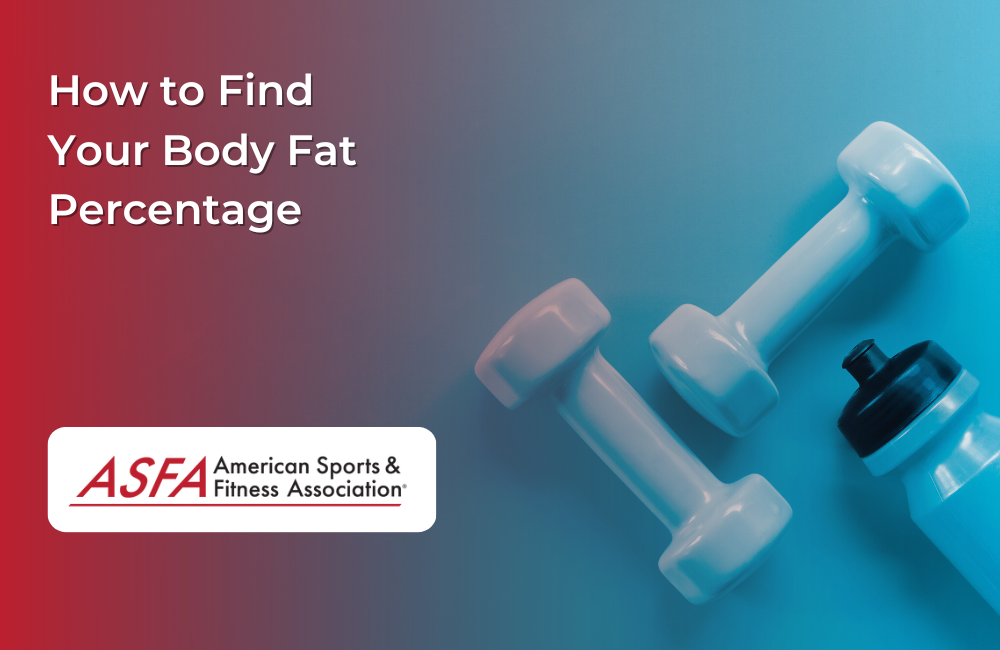Calculating your body fat percentage is a valuable metric for assessing your overall health and fitness progress. While there are various methods to estimate body fat percentage, each has its own level of accuracy and complexity. In this article, we'll explore some common methods for finding your body fat percentage and discuss their pros and cons.
Methods to Estimate Body Fat Percentage:
Skinfold Calipers (Skinfold Measurement):
How it Works: This method involves using skinfold calipers to measure the thickness of skinfold folds at specific body sites. The measurements are then used to estimate body fat percentage using prediction equations.
Accuracy: Skinfold measurements can provide reasonably accurate estimates when performed by a trained and experienced technician. However, accuracy may vary depending on the skill of the person conducting the measurements.
Pros:
- Relatively inexpensive and accessible.
- Non-invasive.
- Can be performed at home with the help of a partner.
Cons:
- Accuracy relies on the skill of the person taking the measurements.
- Variability between different skinfold calipers and techniques.
- May not be suitable for individuals with excess skin or loose tissue.
Bioelectrical Impedance Analysis (BIA):
How it Works: BIA measures the resistance of electrical current as it passes through the body. The speed of the current is influenced by the amount of fat, muscle, and water in the body.
Accuracy: BIA devices vary in accuracy. High-quality, research-grade BIA machines tend to provide reasonably accurate estimates, while consumer-grade scales may be less reliable.
Pros:
- Non-invasive and quick.
- Can be performed at home with consumer-grade BIA scales.
- Provides additional data, such as muscle mass and hydration levels.
Cons:
- Accuracy can be affected by factors like hydration levels and meal timing.
- Results may not be as precise as other methods.
Dual-Energy X-ray Absorptiometry (DXA):
How it Works: DXA is a medical imaging technique that measures bone density, fat mass, and lean body mass by passing low-dose X-rays through the body.
Accuracy: DXA is considered one of the most accurate methods for measuring body composition and body fat percentage.
Pros:
- Highly accurate and reliable.
- Provides detailed information about bone density and body composition.
- Used in clinical and research settings.
Cons:
- Requires specialized equipment and is typically performed in medical facilities.
- Involves exposure to ionizing radiation.
Hydrostatic Weighing (Underwater Weighing):
How it Works: Hydrostatic weighing involves submerging the body in water and measuring the displacement of water to calculate body density and, consequently, body fat percentage.
Accuracy: Hydrostatic weighing is considered highly accurate when performed correctly.
Pros:
- High accuracy.
- Non-invasive.
- Can provide precise measurements of body composition.
Cons:
- Requires specialized equipment and a water tank.
- May not be readily accessible.
Tips for Accurate Measurements:
- Consistency: To track changes in body fat percentage over time, use the same method consistently.
- Timing: Try to measure at the same time of day and under similar conditions (e.g., fasting or post-meal) for more accurate results.
- Hydration: Stay well-hydrated before measurements, as dehydration can affect some methods.
The choice of method for estimating your body fat percentage depends on factors such as accessibility, accuracy requirements, and personal preferences. It's important to note that no method is entirely error-free, and results can vary. To track changes in body composition, it's often more valuable to focus on trends over time rather than fixating on a specific number. Consulting with a healthcare professional or fitness expert can help you choose the most suitable method for your goals and ensure accurate measurements.





